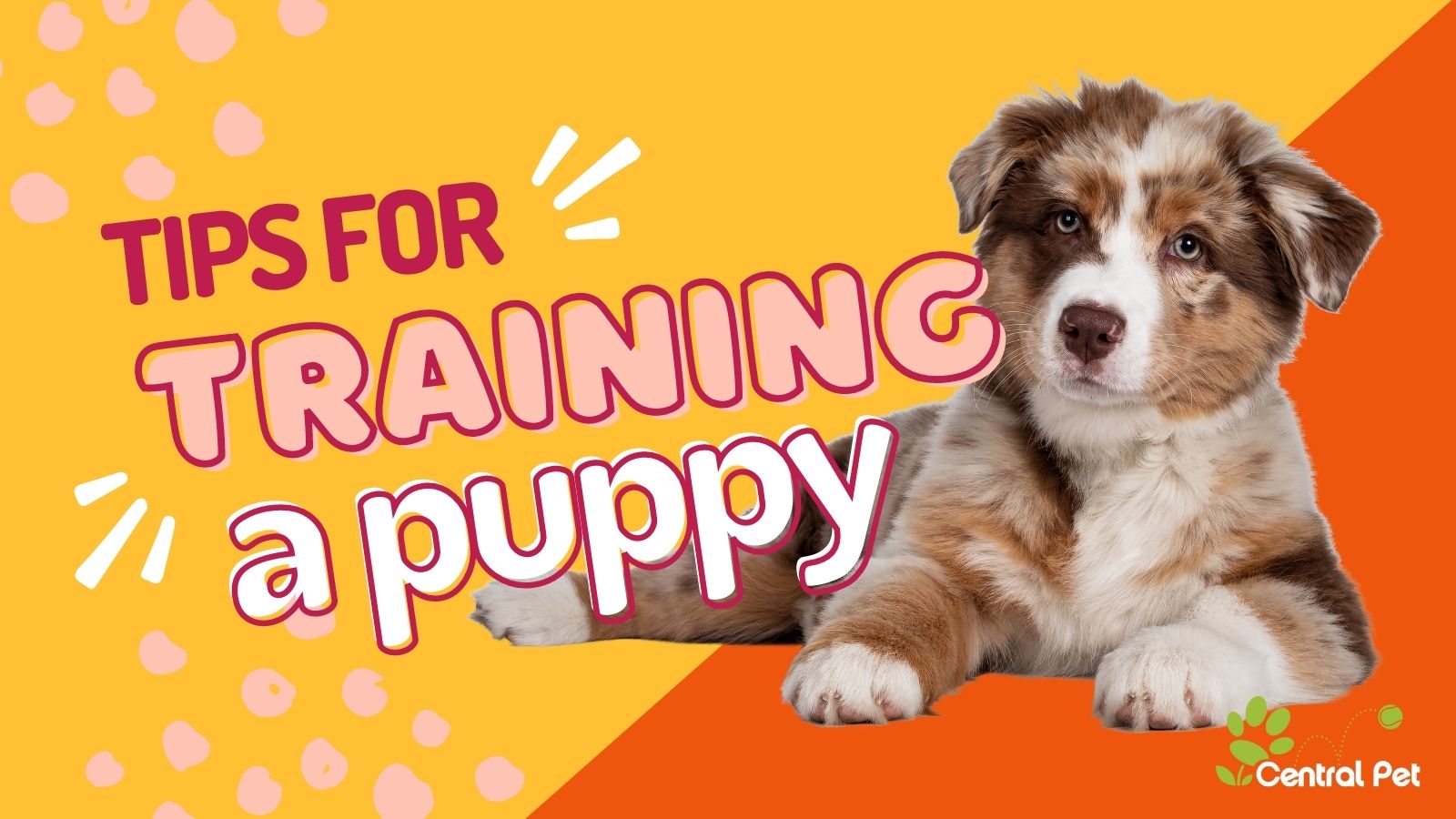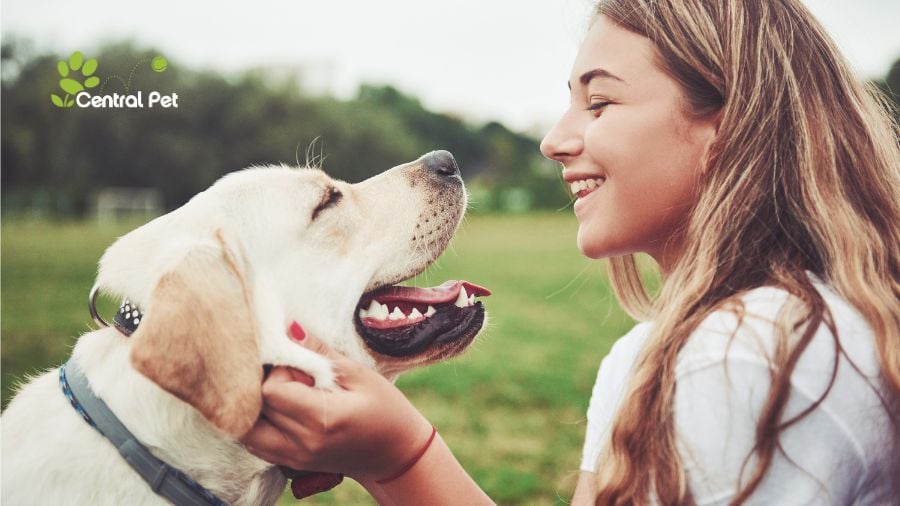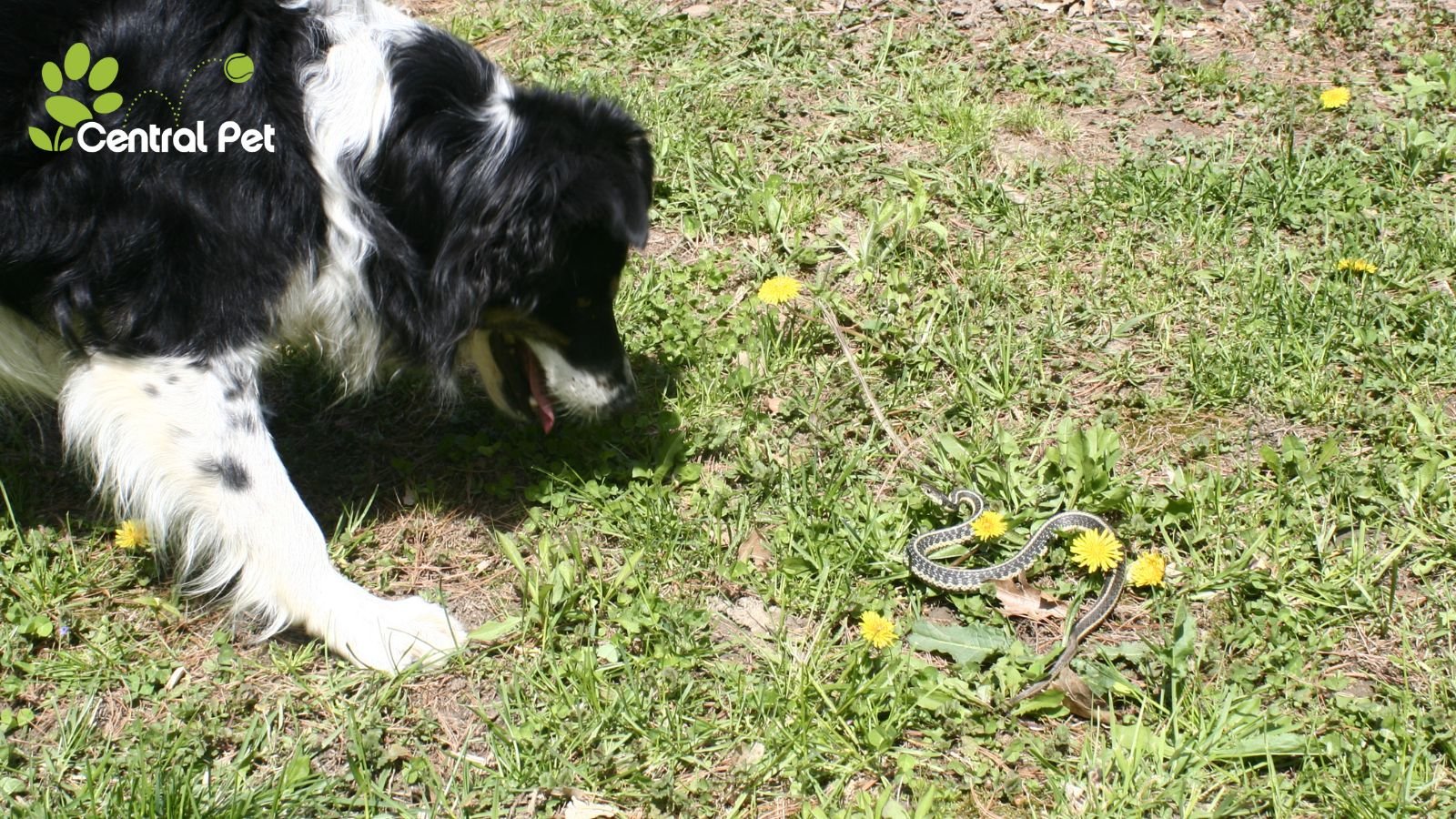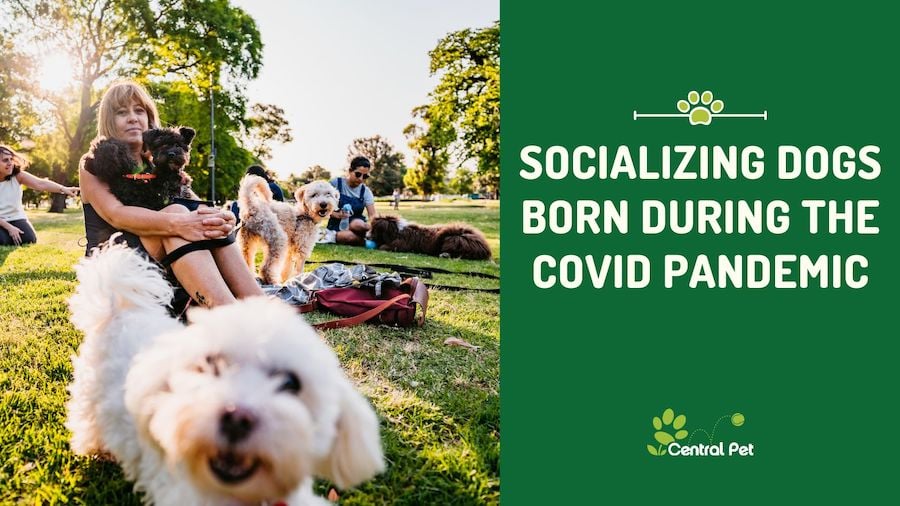Training your puppy may seem overwhelming, but it can be fun and it’s highly rewarding. Just remember to take it one step at a time, and make training sessions fun and upbeat so your puppy will respond positively and happily. There's a lot for a new puppy to learn. These puppy training tips can help you navigate training so your new puppy will become a happy and healthy member of your family.
Before you get started training your pup make sure to:
- Check your puppy’s mood: Are they well-rested and ready to go? Too hyped up?
- Take a potty break before starting.
- Come prepared with lots of yummy treats (use positive reinforcement).
- Find a familiar, quiet place to practice.
- Keep lessons short and sweet.
- Remember to monitor your tone of voice. If you sound like you’re upset with your puppy they aren’t likely to learn the lesson because they’re scared.
Crate Training Tips for Puppies
Crate training is one of the ways to help your dog become a well-behaved and mature adult. If you have ever raised a puppy, you're familiar with how much they can stink up your home. Crate training helps keep your house from becoming accident central.
You can find a basic metal pen at most pet stores. For a puppy, it’s recommended to buy a crate the size your dog will be when he is an adult, and then use a divider to make it smaller. With a crate that is too big, your puppy might not be able to relax, and it increases the chance that your pup will potty there as well. Make sure your puppy has toys and plenty of water and food to keep them busy while they settle into the new space. If you want, you can also leave an old t-shirt or other pieces of clothing in there so that it smells like you and your puppy will feel more comfortable. What's important is that you never use the crate to punish your puppy and take time each day to let them out to eat and play before returning to the crate.
Check out this blog: The Advantages of Crate Training Your Dog
Tips for House Training
Whether you have a puppy or an older dog, housetraining can be stressful. The first step is to select a method that works best for you and your puppy. Some dog parents prefer to crate train their dogs, while others opt for paper training. A combination of both techniques may also work well in some cases. Remember that it will take time and patience to housetrain your dog successfully. Try not to get frustrated if they don’t seem ready to learn after just one day.
There will be accidents. It's part of the process, but make sure you don't scold your dog when accidents happen. Instead, reward your puppy when they successfully go potty outside.
The key is to establish a routine that works best for you and your dog. Take them out at regular intervals and praise them with treats and affection when they go potty outside. If they have an accident inside, calmly clean up after them and take them back out to finish business.
For more information on crate training versus paper training and additional tips for house training a puppy, check out this blog: 4 Helpful Tips for House Training a Puppy
Tips for Training Your Pup to Come When Called
As a dog parent, it's essential to teach your puppy basic commands. Among these is teaching them to come when called. Having a well-trained dog makes both walking and training them more manageable. However, not all dogs are eager to come when called right away. You can use methods to get your dog to follow you wherever you go!
Make sure to have good treats on hand. The tastier, the better! When you call your dog's name, say come or here right after. To get their attention, get down on their level and repeat yourself. For example, if you were calling a dog named Max, say, "Max! Come here! Come here, Max!" and then reward them with a treat when they come.
Teach Your Puppy to Sit
Most dogs learn basic commands like sit, stay, and come quickly. But it's important to keep practicing these behaviors until they become a habit. It's also good to teach your dog to respond when you call them back. Get their attention and raise your hand above their head as if you were going to pet them on top of their head, then say, “sit” in a happy tone of voice. Practice by rewarding them with praise or treats when they sit for you.
Tips for Training Your Pup to Stay
Train your puppy to stay in one place. A dog constantly running around can be a danger to themselves, other people, and other pets, so helping your dog learn how to stay is crucial. Give them their favorite treat and say stay while they eat it. As soon as they finish eating, say good boy (or girl)! Then repeat with another treat until they learn that staying means more treats are coming their way. Once they get it down, practice for longer periods before giving them another treat.
Check out this blog: A Well-Trained Dog is a Confident Dog
Tips for Training Your Puppy to Not Bite
Getting your puppy to stop biting is one of those tasks that can be tricky, much like potty training. It may seem like nothing more than an annoyance now, but your pup will continue to bite as they get older and stronger, so it's essential to get them started on proper behavior as soon as possible.
A simple training tip to prevent biting is to make sure your puppy has plenty of toys. Dogs often bite when they're bored, so if you want to avoid that behavior, make sure they have plenty of chew toys and bones. If they start to gnaw on your hand, give them a toy to chew on instead. The more your pup plays with their toys, the less likely they’ll be to bite you or other people.
Professional Puppy Training Offered in Tucson, AZ
If you need some extra help with the work you do with your puppy at home, it’s a good idea to join a dog training class or have some one-on-one sessions. They will not only teach your dog, but you’ll also learn what you need to do to make their new habits long-lasting. Central Pet offers dog owners in the Tucson area excellent introductory training for puppies under six months. Our dog training sessions are available in group classes or private sessions where you'll work directly with a professional trainer to show you the best training techniques.






